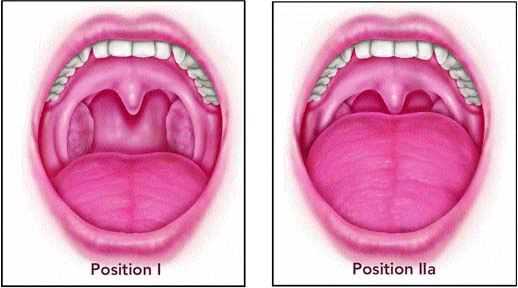
Stereotactic Radiotherapy: A Growing Opportunity for Otolaryngologists: Part 1 of 2
Part 2 of this article will discuss treatment options for skull base tumors.

Part 2 of this article will discuss treatment options for skull base tumors.

Almost 150 years ago, French physician Prosper Ménière first described the symptoms and probable cause of the inner ear disorder that bears his name.

How are your patients doing? Do you know the impact of their disorders-and the management approach you selected for them-on their health-related quality of life?

Otolaryngologist Martin L. Hopp, MD, PhD, of Cedars-Sinai Hospital in Los Angeles, believes that in-office computed tomography (CT) scanning is the trifecta of care for otolaryngologists and their patients.

A 48-year-old woman presents to you for bilateral hearing loss, aural fullness, vertigo, nausea/vomiting, and tinnitus of two months’ duration.

Contrary to popular belief, CMS is in the business of paying for quality care, not just the volume of care provided.

Although otolaryngologic surgeons commonly focus on the palate when treating patients with obstructive sleep apnea (OSA), they also need to look at the tongue.